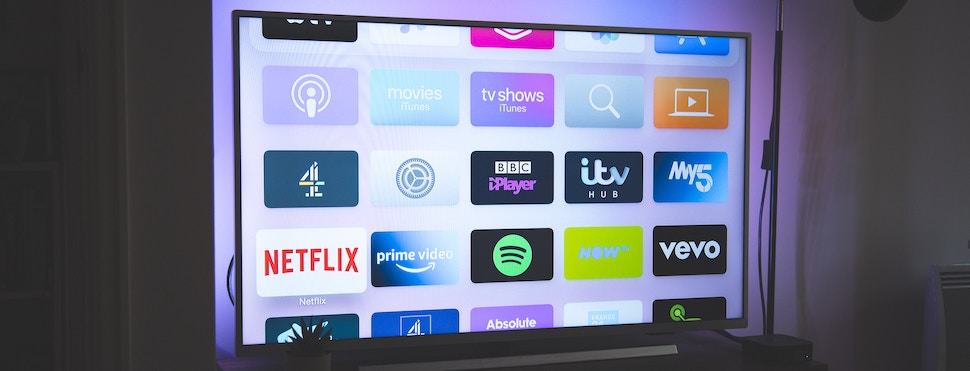The rise in disparate AVOD and FAST platforms opens the door to new and exciting TV audiences. Despite the challenges, it’s our job to ensure brands can engage with them successfully, says Pierre De Lannoy at MiQ.
Recently I sat on a New Digital Age roundtable alongside several senior industry leaders, and one comment stood out to me:
“Audience fragmentation is the biggest blocker to any gold standard we want to achieve in TV advertising.”
Now, this fragmentation has been taking place for some time, ever since Netflix led the rapid rise of Streaming Video On Demand (SVOD) platforms. But of course, SVOD’s ad-free nature meant this wasn’t an issue because brands could not advertise on the channel.
What did become a challenge, however, was the increasing number of viewers moving over to SVOD from linear TV, reducing the consumer TV audience brands could reach with their advertising. And there was nothing the ad industry could do about it.
Well, that was until a perfect storm erupted…
Opening doors
As the SVOD platforms stole huge audiences from linear TV, unreachable by advertisers, new streaming platforms funded by advertising began to emerge.
Then, when the global economic crisis hit and consumers’ disposable incomes collapsed, making SVOD unaffordable, the audiences of these Advertising-led Video On Demand (AVOD) and Free Advertising-funded Streaming (FAST) platforms started to swell. This was also driven by the increase in AVOD and FAST content quality. Cue plummeting Netflix audience figures.
Suddenly Connected TV is becoming ad-driven, with SVOD platforms also looking closely at advertising models, unlocking the door for advertisers to a previously unreachable, and growing, audience. In fact, already nearly three-quarters of people in six European countries, including the UK, now use AVOD and/or FAST platforms at least once a week. Meanwhile, almost a third use them daily, according to the 2022 Connected Viewers survey. Any thoughts that this might just be a flash in the media pan have been banished by linear TV channels wanting to get in on the Connected TV act, such as ITV with ITVX.
Opportunity is knocking
A whole new world of inventory is opening before our eyes, offering increasing opportunities for advertisers to engage with its growing audience. You’d think the media world would be hugely excited and their brands chomping at the bit to get involved. However, like the Dalek that encountered a staircase, we gaze up at the fragmented nature of this new media landscape and wonder where to start.
How can we be sure of the audience sizes?
How can we find out their profiles?
How can we measure the effectiveness of advertising on Connected TV?
How can they charge so much?
These are all questions we must ask. But barriers are there to be overcome. Especially when connecting brands with a growing consumer audience is the pot of gold – literally – at the end of the rainbow.
Barb knows this is where the future of media lies. That’s why it’s extending its remit and rebranding audiences in a clear signal that it sees itself as more than just a linear TV measurement tool. It’s started to report Netflix viewing figures but not yet the commercial aspect. However, this is down to Netflix, not Barb, which is a sign that a “gold standard” way of measuring these platforms is probably some way off, until they realise the benefit of and get better at reporting their audience data.
Working together
But this shouldn’t deter us in our goal to open Connected TV audiences up to brands. As another member of the NDA roundtable astutely pointed out, we have to accept fragmentation and that there is unlikely to be a gold standard to measure it all.
So, in the meantime, we need to make sure we have outcomes-based measurement frameworks in place for our clients, which allow them to understand what success looks like for the different Connected TV partners they are working with, and with the variety of content that they are accessing.
This requires working closely with the Connected TV platforms to understand their audiences and content, then making the leap and testing them out. We have brands that are so excited, while others understandably complained there was no measurement and no targeting, no indication of viewer profiles, and they wanted to wait.
I think Netflix is realising that they need to support the industry with information to help targeting. Their integration with Microsoft is getting there and this is an example of a platform that might bring change to the industry. And it’s also up to us to encourage others to follow suit.
Winning the race
Late last year, MiQ launched Advanced TV in a first step to unifying the fragmented world of programmatic TV advertising. It enables advertisers to reach highly targeted audiences across the whole TV and video landscape – spanning different linear, OTT and digital platforms. Planning and execution of programmatic TV advertising campaigns can now be coordinated seamlessly and simultaneously across all linear and digital channels, regardless of platform, through a single point of access.
Once, as an industry, we understand these emerging ad-driven digital platforms better, the tools are there to run coordinated campaigns. Campaigns that don’t duplicate audiences across different platforms; that bring incrementalities against linear TV reach – something that’s high on every brands’ advertising agenda.
Those brands that also start to make the move to AVOD and FAST as soon as possible will win the race to engage this growing audience. And it’s our job to help them get there and ensure that fragmentation is not a barrier.
Originally published New Digital Age | June 2023
Photo by Nicolas J Leclercq on Unsplash

